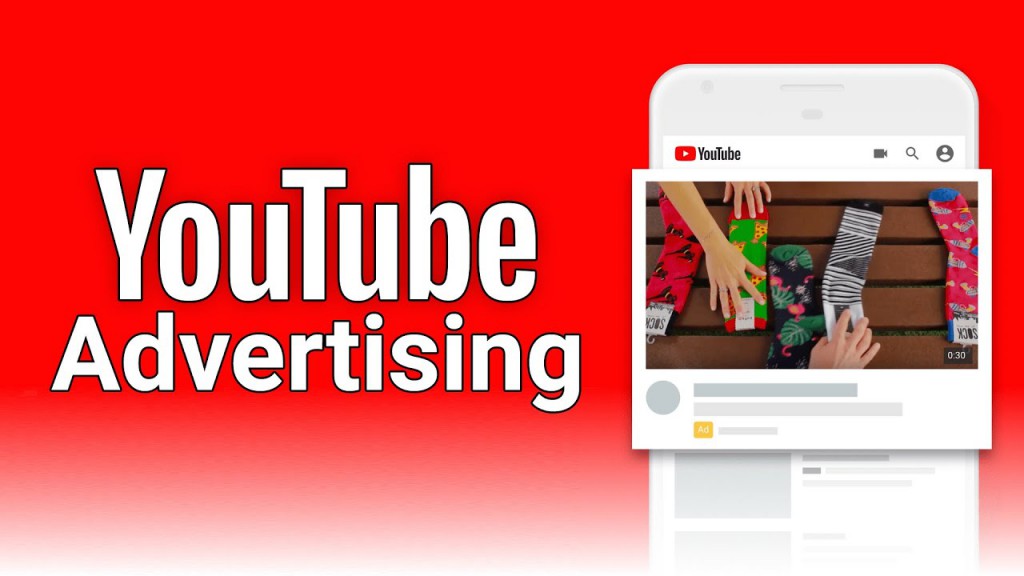Hey there, fellow marketers and digital enthusiasts! Today, we’re diving deep into the world of online advertising to answer a burning question: YouTube or TikTok— which platform reigns supreme when it comes to driving traffic to your website? Both are powerhouse platforms with unique strengths and audiences, making them essential tools in any digital marketer’s toolkit. So, let’s break down the pros and cons of YouTube and TikTok ads and determine which one is the ultimate champion for boosting your website traffic.
Understanding YouTube Ads
Why Choose YouTube?
YouTube is the world’s second-largest search engine and boasts over 2 billion logged-in monthly users. It’s not just a platform for entertainment; it’s where people go to learn, discover, and explore new interests. Here are some key reasons why YouTube ads might be your go-to choice:
- Vast Reach: With billions of users actively searching for content, YouTube offers unparalleled reach for targeting potential customers.
- Diverse Ad Formats: From skippable TrueView ads to non-skippable in-stream ads and bumper ads, YouTube provides various formats to suit different marketing objectives.
- Targeting Options: Detailed demographic, interest-based targeting, and remarketing capabilities allow you to pinpoint your ideal audience.
Types of YouTube Ads
- TrueView Ads: Viewers can skip after 5 seconds, and you pay when they watch at least 30 seconds or interact with your ad.
- Non-Skippable In-Stream Ads: Short ads viewers must watch before accessing main video content.
- Bumper Ads: Non-skippable, up to 6 seconds long, perfect for concise messaging.
- Overlay Ads: Semi-transparent ads displayed at the bottom of the video, clickable to visit your website.
Best Practices for YouTube Ads
- Compelling Content: Hook viewers early, deliver a clear message, and include a strong call-to-action (CTA).
- Optimization for Mobile: Given the high mobile usage on YouTube, ensure your ads are mobile-friendly with clear visuals and easy-to-tap CTAs.
- Analytics and Optimization: Use YouTube Analytics to monitor performance metrics and optimize your campaigns for better results over time.
Exploring TikTok Ads
Why Choose TikTok?
TikTok has rapidly grown into a social media juggernaut with over 1 billion active users globally. It’s known for its engaging short-form videos and has become a hotspot for trends and viral content. Here’s why TikTok might be the platform for you:
- Youthful Audience: TikTok’s user base skews younger, making it ideal for brands targeting Gen Z and millennials.
- Viral Potential: Content on TikTok has a high potential to go viral, allowing brands to reach a massive audience quickly.
- Creative Freedom: TikTok’s creative tools, like filters, effects, and music, enable brands to create engaging and authentic content.
Types of TikTok Ads
- In-Feed Ads: Native ads that appear in users’ feeds as they scroll through content.
- TopView Ads: Full-screen ads that appear when users open the app, ensuring maximum visibility.
- Branded Hashtag Challenges: Encourage user-generated content and virality through branded challenges.
- Branded Effects: Custom filters and effects that users can apply to their videos, promoting brand engagement.
Best Practices for TikTok Ads
- Authenticity and Creativity: Create content that feels native to TikTok, leveraging trends and user-generated content (UGC).
- Engaging Storytelling: Capture attention quickly with short, impactful videos and encourage interaction through challenges or effects.
- Influencer Partnerships: Collaborate with TikTok influencers to amplify reach and credibility among their followers.

Comparing YouTube Advertising and TikTok ads to see which drives more website visitors
Which Platform Wins for Website Traffic?
Considerations for YouTube:
- Strengths: Extensive reach, diverse ad formats, detailed targeting options.
- Best For: Brands looking to reach a broad audience, deliver detailed messages, and utilize sophisticated targeting strategies.
Considerations for TikTok:
- Strengths: Viral potential, highly engaged younger audience, creative freedom.
- Best For: Brands aiming to create buzz, engage with younger demographics, and leverage trends and user-generated content.
Case Studies and Real-World Success
To illustrate the effectiveness of both platforms in driving website traffic, let’s delve into a couple of real-world examples:
Case Study 1: E-commerce Fashion Brand
Objective: Increase website traffic and sales for a new fashion line.
- YouTube Strategy: Ran TrueView ads showcasing seasonal collections and utilized remarketing to target interested viewers.
- TikTok Strategy: Collaborated with fashion influencers for In-Feed Ads and launched a Branded Hashtag Challenge to boost engagement.
Results: Achieved a 40% increase in website traffic from YouTube and a 60% rise from TikTok during the campaign period.
Case Study 2: Online Education Platform
Objective: Drive sign-ups for an online course.
- YouTube Strategy: Used Bumper Ads highlighting course benefits and success stories, coupled with remarketing to reach potential students.
- TikTok Strategy: Partnered with educational influencers to create TopView Ads and encouraged users to participate in a Branded Hashtag Challenge.
Results: Saw a 35% increase in course sign-ups from YouTube and a 50% rise from TikTok ads, demonstrating the platforms’ effectiveness in driving conversions.
Wrapping it up
Choosing between YouTube and TikTok for driving website traffic depends on your specific goals, target audience, and content strategy. YouTube excels in reach, ad formats, and detailed targeting, making it ideal for brands looking to deliver comprehensive messages and engage with a broad audience. On the other hand, TikTok offers viral potential, creative freedom, and engagement with younger demographics, making it perfect for brands aiming to create buzz, leverage trends, and foster user-generated content.
Ultimately, the best approach may involve leveraging both platforms strategically based on your campaign objectives and audience demographics. By understanding their unique strengths and implementing tailored ad strategies, you can effectively drive traffic to your website and achieve your marketing goals.






